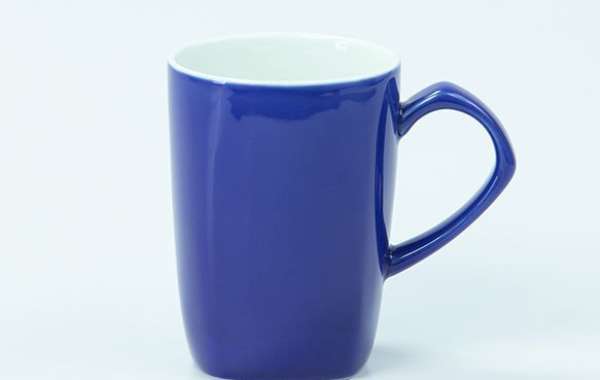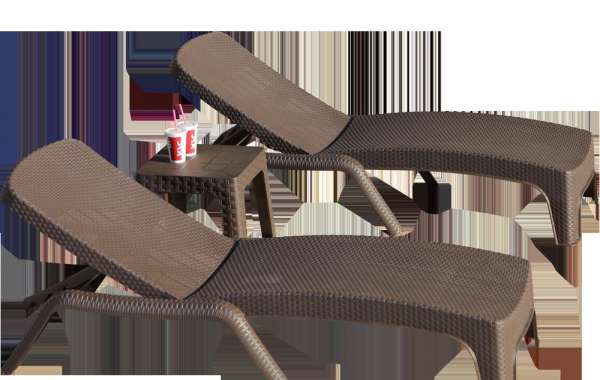Ceramics are non-metallic, inorganic materials that are typically hard, brittle, and heat-resistant. They are used in a variety of applications, including pottery, tiles, bricks, and even in high-tech industries for components like insulators, semiconductors, and bio-ceramics. Ceramic products like plates and platters, dinnerware sets and the best drinkware sets are very popular as employee gifts and corporate gifts in Sri Lanka, as well as being the ideal gift for a wedding couple in Sri Lanka.
Composition of Ceramics:
- Clay: The primary raw material used for making traditional ceramics.
- Other Materials: Alumina, silicon carbide, and zirconium oxide are common in advanced ceramics.
How Ceramics are Made:
- Preparation of Materials: The clay or ceramic material is mined, cleaned, and processed into a fine powder.
- Shaping or Moulding: The material is shaped into the desired form using various techniques:
- Hand-building: Using hands or simple tools to shape the clay (e.g., coil, slab, or pinch techniques).
- Wheel-throwing: Using a rotating pottery wheel to form shapes.
- Slip casting: Liquid clay (slip) is poured into moulds to create intricate shapes.
- Pressing: Applying pressure to shape ceramic powder into dense forms.
- Drying: The shaped object is dried to remove excess moisture. This step prevents cracking during the firing process.
- Firing: The dried piece is fired in a kiln at very high temperatures (usually between 1,000–1,500°C or 1,800–2,700°F). Firing hardens the material and makes it more durable.
- The firing process can involve one or multiple stages (such as bisque firing and glaze firing).
- Glazing (optional): A glass-like coating (glaze) is applied to the surface for decorative or protective purposes, then the piece is fired again to bond the glaze to the ceramic.
Different types of ceramics are used in art, industry, and technology, depending on their composition and manufacturing process.
Different uses of ceramic in homes
Ceramics have a wide range of uses in homes due to their durability, heat resistance, and aesthetic appeal. Here are some common applications of ceramics in residential settings:
- Tableware and Kitchenware
- Plates, bowls, cups, and mugs: Ceramic tableware is popular for its durability, non-toxicity, and ability to retain heat, making it ideal for serving food and beverages.
- Bakeware and cookware: Ceramic cookware, such as casserole dishes, baking trays, and oven-safe pots, is resistant to high temperatures and allows for even cooking.
- Cutting boards and mortar/pestle sets: Ceramic surfaces are hard and durable, making them suitable for certain kitchen tools.
- Floor and Wall Tiles
- Flooring: Ceramic tiles are widely used for flooring in kitchens, bathrooms, and other living areas because they are water-resistant, easy to clean, and available in various designs.
- Backsplash: Ceramic tiles are commonly used as a decorative and functional backsplash in kitchens and bathrooms, protecting walls from water damage and stains.
- Shower and bathroom tiles: Their water-resistance and slip resistance make them ideal for use in showers, around bathtubs, and on bathroom floors.
- Decorative Items
- Vases, sculptures, and figurines: Many decorative objects made from ceramics, such as art pieces, flower vases, and decorative figurines, are used to beautify homes.
- Planters: Ceramic planters are popular for indoor plants because they are durable and provide good moisture retention.
- Sanitary Ware
- Sinks, toilets, and bathtubs: Ceramic is a primary material used in bathroom fixtures like sinks and toilets due to its hardness, resistance to wear, and ease of cleaning.
- Home Accessories
- Doorknobs and cabinet handles: Ceramic knobs and handles add a decorative and durable touch to doors, cabinets, and drawers.
- Lamps and lighting fixtures: Ceramic materials can be used in lamp bases or pendant light fixtures, adding an aesthetic element to home lighting.
- Heat-Resistant Surfaces
- Countertops: Some homes use ceramic countertops for their heat resistance, scratch resistance, and ease of cleaning.
- Fireplace surrounds: Ceramic tiles are often used around fireplaces due to their ability to withstand high temperatures.
- Home Appliances
- Ceramic heaters: Some space heaters use ceramic elements to provide efficient, even heat.
- Ceramic-coated cooking surfaces: Ceramic coatings on cooking appliances, such as stoves and grills, offer non-stick, heat-resistant surfaces.
Ceramics are versatile materials that combine practicality with aesthetic beauty, making them ideal for various applications throughout the home.
Properties of high-quality ceramic products
High-quality ceramic products possess a set of key properties that make them ideal for various uses, whether in tableware, construction materials, or advanced technology. Here are some of the primary properties of high-quality ceramics:
- Durability
- Hardness: Ceramics are highly resistant to wear and scratching, which makes them long-lasting even under regular use.
- Impact Resistance: While ceramics can be brittle, high-quality products are designed to withstand a reasonable degree of impact and stress without chipping or breaking easily.
- Heat Resistance
- High Melting Point: Ceramics can withstand extreme temperatures without melting or deforming, making them ideal for applications like cookware and heat shields.
- Thermal Insulation: They act as good insulators, reducing heat transfer and making them safe for use in high-temperature environments like ovens.
- Low Porosity and Water Resistance
- Non-porous Surface: High-quality ceramics have a very low absorption rate, making them resistant to water, stains, and bacteria. This property is essential for sanitary ware and kitchenware.
- Glazing: Many high-quality ceramic products have a glass-like glaze that seals the surface, enhancing water resistance and durability.
- Chemical Resistance
- Non-reactive: Ceramics are resistant to most chemicals, acids, and alkalis, which is why they are ideal for use in labs, cookware, and sanitary fixtures.
- Corrosion Resistance: They do not corrode or degrade over time when exposed to harsh cleaning agents, moisture, or air, maintaining their integrity for many years.
- Aesthetic Appeal
- Smooth and Uniform Finish: High-quality ceramics exhibit an even, smooth surface, especially when glazed, contributing to their aesthetic beauty.
- Colour Retention: They maintain their colour over time, even when exposed to sunlight, heat, or frequent cleaning.
- Electrical Insulation
- Non-conductive: Ceramics are excellent electrical insulators, which is why they are often used in electronics and as protective materials in electrical systems.
- Wear and Scratch Resistance
- Abrasion Resistance: High-quality ceramics resist scratches and abrasion, making them suitable for flooring, tiles, and surfaces exposed to high traffic or frequent contact.
- Surface Hardness: Materials like porcelain or alumina-based ceramics have high hardness, making them resistant to damage.
- Low Thermal Expansion
- Thermal Stability: High-quality ceramics exhibit low thermal expansion, meaning they do not expand or contract much when exposed to temperature changes. This makes them resistant to cracking due to thermal shock, such as sudden temperature shifts.
- Eco-friendly and Non-toxic
- Safe for Use: High-quality ceramics are free of harmful substances, making them safe for food contact and use in homes.
- Eco-friendly Manufacturing: Many high-quality ceramic products are made using sustainable methods and materials, contributing to eco-conscious living.
- Mechanical Strength
- Compressive Strength: Ceramics are excellent at withstanding compressive forces, which is one reason they are used in construction for bricks, tiles, and other load-bearing applications.
- Resistance to Deformation: High-quality ceramics retain their shape under pressure and do not warp or deform under regular use.
- Versatility in Design
- Customisable: High-quality ceramic materials can be moulded and glazed into a variety of shapes, sizes, colours, and finishes, providing versatility in design and decoration.
High-quality ceramics excel in performance, aesthetics, and durability, making them an essential material for a wide range of practical and decorative applications.








